
How to get URL link on X (Twitter) App



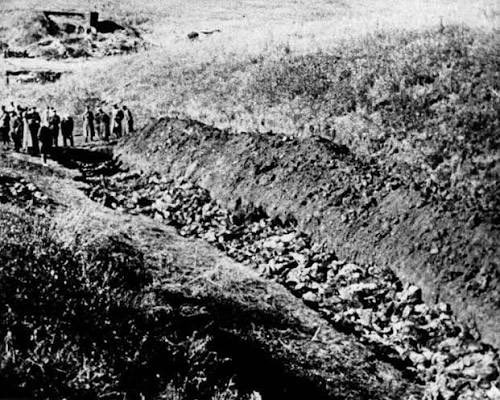
 This suppression of the truth delayed recognition of Babi Yar as a central site of the Holocaust.
This suppression of the truth delayed recognition of Babi Yar as a central site of the Holocaust.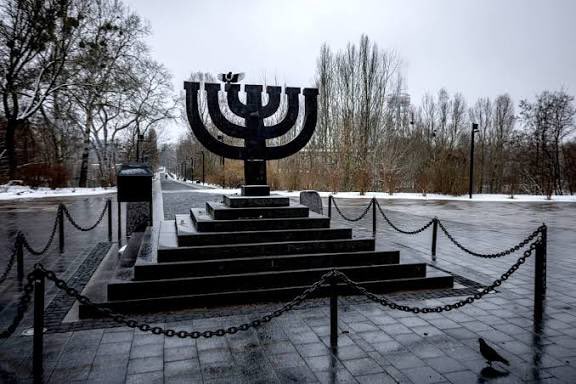



 J’accuse !
J’accuse ! 

https://twitter.com/poiu477/status/1905237065748332920Let’s start with the land , firstly, our people have thousands of years of history on the land. One of our oldest and most holy cemeteries is called the Mount of Olives. It’s the largest Jewish cemetery in the world. It has been in use since King David made Jerusalem his capital 3,000 years ago. The cemetery holds about 150,000 graves, but there may even be more. Prominent Jewish Biblical figures, great statesmen, creators, and religious leaders are buried on this sacred ground.


 The ones that had decided to escape had to slip through fences, holes and tunnels and walk through the countryside to the forest camp.
The ones that had decided to escape had to slip through fences, holes and tunnels and walk through the countryside to the forest camp.
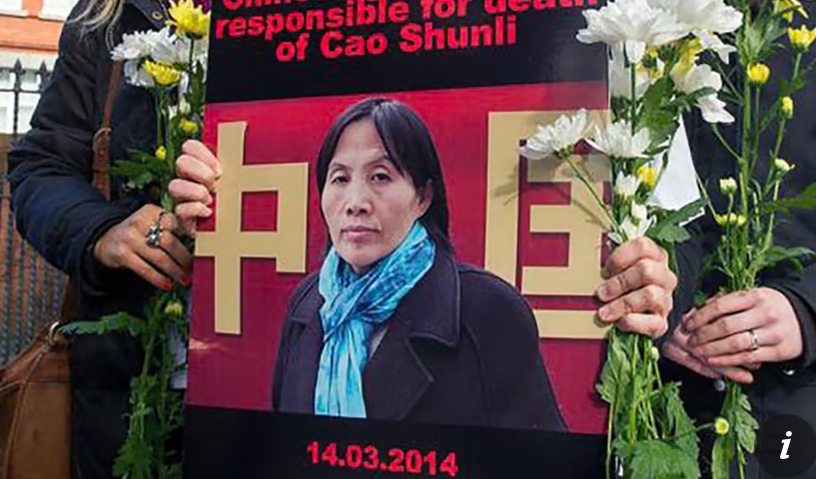
 The UN have a decades-old pattern of sexual abuse and solicitation of prostitution in countries ravaged by natural disasters and conflict.
The UN have a decades-old pattern of sexual abuse and solicitation of prostitution in countries ravaged by natural disasters and conflict.
 *Mossad bugged the home of the Kuwaiti ambassador to the United Nations in 1978 and discovered that Andrew Young, U.S. ambassador to the United Nations, was holding talks with PLO officials there. The meeting was highly controversial, since the United States had already promised Israel that it would not meet directly with the PLO until the PLO recognised Israel's right to exist. The Mossad leaked the information, forcing Young to resign.
*Mossad bugged the home of the Kuwaiti ambassador to the United Nations in 1978 and discovered that Andrew Young, U.S. ambassador to the United Nations, was holding talks with PLO officials there. The meeting was highly controversial, since the United States had already promised Israel that it would not meet directly with the PLO until the PLO recognised Israel's right to exist. The Mossad leaked the information, forcing Young to resign.
 𝔹𝕝𝕠𝕠𝕕 𝕃𝕚𝕓𝕖𝕝 - call it out.
𝔹𝕝𝕠𝕠𝕕 𝕃𝕚𝕓𝕖𝕝 - call it out. 




 Over the years, global focus and discourse on slavery has concentrated on the Trans-Atlantic trade that featured American and European merchants. One other trade has however remained largely ignored, and at times has even been treated as a taboo subject, despite being a key component of African history owing to the devastating impact it has had on the continent, its generations and its people’s way of life.
Over the years, global focus and discourse on slavery has concentrated on the Trans-Atlantic trade that featured American and European merchants. One other trade has however remained largely ignored, and at times has even been treated as a taboo subject, despite being a key component of African history owing to the devastating impact it has had on the continent, its generations and its people’s way of life.
 A more in-depth look at Sardari:
A more in-depth look at Sardari: 

 From Israel’s perspective the project is critical for the long-term security of Jerusalem and necessary to prevent Ma’ale Adumim from becoming an isolated island surrounded by a Palestinian entity. To solve the issue of contiguity, Israel has proposed a bypass road to allow Palestinians to travel from north to south in the West Bank without security checkpoints.
From Israel’s perspective the project is critical for the long-term security of Jerusalem and necessary to prevent Ma’ale Adumim from becoming an isolated island surrounded by a Palestinian entity. To solve the issue of contiguity, Israel has proposed a bypass road to allow Palestinians to travel from north to south in the West Bank without security checkpoints.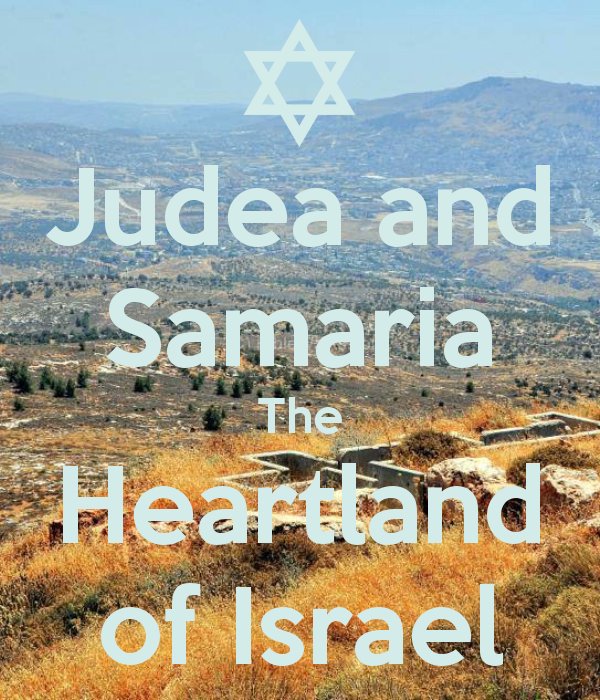
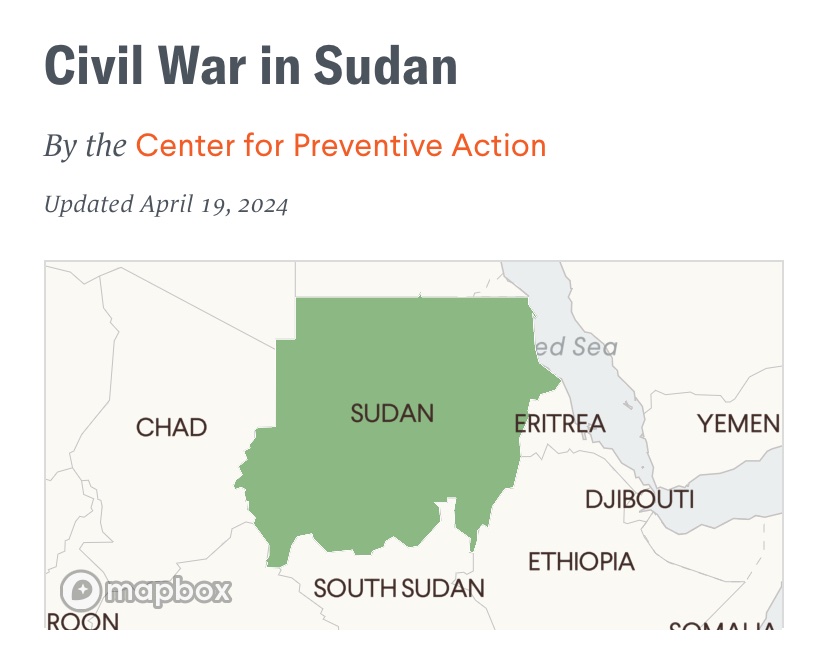
 Nearly 2 million displaced Sudanese have fled to unstable areas in Chad, Ethiopia, and South Sudan, overrunning refugee camps and prompting concerns that Sudanese refugees could soon attempt to enter Europe.
Nearly 2 million displaced Sudanese have fled to unstable areas in Chad, Ethiopia, and South Sudan, overrunning refugee camps and prompting concerns that Sudanese refugees could soon attempt to enter Europe.

 Radical Leftists and Islamists have utilised the master frame of anti-globalisation/anti-capitalism & the master frame of anti-colonialism/anti-imperialism to elicit support from the widest possible range of people. The emerging Red-Green alliance presents a complex challenge
Radical Leftists and Islamists have utilised the master frame of anti-globalisation/anti-capitalism & the master frame of anti-colonialism/anti-imperialism to elicit support from the widest possible range of people. The emerging Red-Green alliance presents a complex challenge
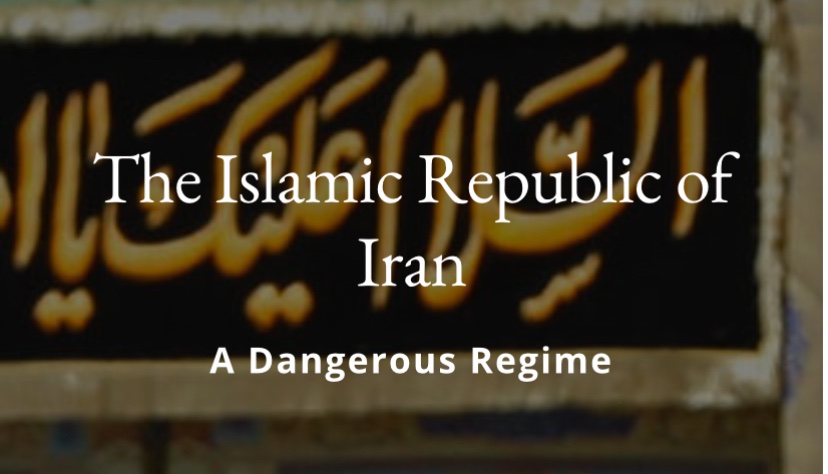
 The Islamic coup in Iran shook the world in 1979, with currents that continue to be felt today. Decades later, the details of this watershed event—which redrew the geopolitical order in many ways—are worth recalling.
The Islamic coup in Iran shook the world in 1979, with currents that continue to be felt today. Decades later, the details of this watershed event—which redrew the geopolitical order in many ways—are worth recalling.

 Sven Kühn von Burgsdorff paraglided off the coast of Gaza in the summer, telling Palestinians he was "showing them a way forward." On Oct. 7, Hamas terrorists used paragliders to infiltrate Israel.
Sven Kühn von Burgsdorff paraglided off the coast of Gaza in the summer, telling Palestinians he was "showing them a way forward." On Oct. 7, Hamas terrorists used paragliders to infiltrate Israel.
 Toomaj Salehi broke out of the underground rap scene in Iran with his 2021 single, Rat Hole, in which he attacked those Iranians – who choose to side with the regime or not to use their platforms to augment or relay the voice of struggling and dissenting Iranians.
Toomaj Salehi broke out of the underground rap scene in Iran with his 2021 single, Rat Hole, in which he attacked those Iranians – who choose to side with the regime or not to use their platforms to augment or relay the voice of struggling and dissenting Iranians.